Home>Storage & Organization>Decluttering Tips & Tricks>How To Organize A Cluttered House


Decluttering Tips & Tricks
How To Organize A Cluttered House
Modified: August 25, 2024
Learn effective decluttering tips and tricks to organize your cluttered house. Discover practical solutions for a tidy and organized living space.
(Many of the links in this article redirect to a specific reviewed product. Your purchase of these products through affiliate links helps to generate commission for Storables.com, at no extra cost. Learn more)
Assessing the Clutter
Before diving into the task of organizing a cluttered house, it's essential to assess the extent of the clutter. Take a walk through each room and make note of the areas that are most disorganized. Identify the items that are causing the clutter and evaluate their necessity. Ask yourself if each item is something you use regularly or if it holds sentimental value. This initial assessment will help you understand the scope of the task at hand and provide a clear starting point for your decluttering journey.
Key Takeaways:
- Assess the clutter by identifying disorganized areas and unnecessary items. Create a plan with clear goals, a realistic timeline, and necessary supplies to tackle the decluttering process efficiently.
- Organize by category, purge and consolidate items, and utilize storage solutions to transform a cluttered space into a well-structured and harmonious environment. Maintain a clutter-free home with regular maintenance and mindful consumption.
Read more: How To Organize A Cluttered Garage
Creating a Plan of Action
-
Set Clear Goals: Begin by setting specific goals for each room or area that needs to be organized. Whether it's decluttering the kitchen, organizing the garage, or tidying up the living room, having clear objectives will help you stay focused and motivated throughout the process.
-
Establish a Timeline: Determine a realistic timeline for completing the organization project. Consider factors such as the size of the space, the amount of clutter, and your availability. Breaking down the task into smaller, manageable segments with deadlines can prevent overwhelm and ensure steady progress.
-
Gather Organizational Supplies: Before diving into the decluttering process, gather the necessary supplies such as storage bins, labels, shelves, and organizers. Having these items on hand will streamline the organization process and prevent interruptions to run to the store for supplies.
-
Allocate Resources: If the task seems daunting, consider enlisting the help of family members or friends. Delegating specific responsibilities can make the process more efficient and even turn it into a fun group activity.
-
Adapt to the Space: Take note of the layout and available storage space in each room. Tailor your plan to maximize the existing space and consider incorporating multifunctional furniture or storage solutions to make the most of the area.
-
Stay Flexible: While having a plan is crucial, it's also important to remain flexible. Unexpected challenges may arise, and it's okay to adjust your plan as needed. The key is to stay focused on the end goal of creating an organized and functional living space.
By creating a well-thought-out plan of action, you can approach the task of organizing a cluttered house with confidence and efficiency.
Sorting and Decluttering
When it comes to sorting and decluttering, the key is to tackle one area at a time. Start by designating three separate piles or containers: one for items to keep, one for items to donate or sell, and one for items to discard. As you go through each item, ask yourself when was the last time you used it, if it holds sentimental value, or if it serves a practical purpose. Be honest with yourself and avoid holding onto items out of guilt or obligation.
To streamline the process, consider using the "Four-Box Method" where you label four boxes as "Keep," "Donate/Sell," "Trash," and "Relocate." This method helps you make quick decisions about each item and prevents second-guessing. As you sort through belongings, be mindful of potential duplicates or items that serve the same purpose. Consolidating similar items can free up space and reduce clutter.
When decluttering, it's common to encounter items that you're undecided about. If you're struggling to part with certain possessions, consider implementing the "One-Year Rule." If you haven't used or needed the item in the past year, it may be time to let it go. Remember, decluttering is about creating a living space that is functional and free from unnecessary items.
As you sort through each area, be mindful of the emotional impact of decluttering. It's natural to feel attached to certain belongings, but it's important to prioritize the benefits of a clutter-free environment. Celebrate the progress you make with each area you declutter, and envision the space being transformed into an organized and serene sanctuary.
Organizing by Category
Organizing by category is a highly effective approach to decluttering and arranging items in a systematic manner. This method involves grouping similar items together, making it easier to locate and access them when needed. When organizing by category, start by identifying broad categories such as clothing, books, kitchenware, electronics, and sentimental items. Once the broad categories are established, further subdivide them into more specific groupings. For example, within the clothing category, you can create subcategories for tops, bottoms, outerwear, and accessories.
As you begin organizing by category, consider the frequency of use for each item. Place frequently used items in easily accessible locations, while those used less often can be stored in less accessible areas. Utilize storage solutions such as bins, baskets, and drawer dividers to keep each category neatly contained. Labeling containers and shelves can also streamline the process of finding and returning items to their designated spaces.
When organizing by category, it's important to consider the flow of daily activities within the space. For instance, in the kitchen, arrange cooking utensils, pots, and pans near the stove for convenient access. In the bedroom, organize clothing categories based on daily wear, seasonal items, and special occasion attire. By aligning the organization with the natural flow of activities, you can enhance the functionality and efficiency of each space.
Another aspect of organizing by category is purging and consolidating items within each group. Take the opportunity to assess the quantity of items in each category and consider paring down belongings to those that are truly essential or bring joy. This process can prevent overcrowding and ensure that each item has a designated place within its category.
By implementing the method of organizing by category, you can transform a cluttered space into a well-structured and harmonious environment. This approach not only simplifies the process of finding and storing items but also contributes to a more organized and visually appealing living space.
Utilizing Storage Solutions
Storage solutions play a pivotal role in maintaining an organized and clutter-free home. By making efficient use of storage options, you can maximize space and keep belongings neatly arranged. Here are some effective storage solutions to consider:
-
Shelving Units: Install shelving units in various rooms to create additional storage space. Adjustable shelves allow for customization based on the height of items being stored. Utilize these shelves for displaying decor, storing books, or organizing kitchen essentials.
-
Storage Bins and Baskets: Invest in a variety of storage bins and baskets to contain items such as toys, linens, and seasonal clothing. Opt for clear containers to easily identify the contents, or choose decorative baskets that complement the room's aesthetic.
-
Under-Bed Storage: Utilize the space under beds by incorporating under-bed storage containers. These containers are ideal for storing off-season clothing, extra bedding, or shoes, keeping them out of sight while maximizing space.
-
Closet Organizers: Install closet organizers with shelves, drawers, and hanging rods to optimize closet space. Categorize clothing and accessories within the organizers, making it easier to maintain a tidy wardrobe.
-
Over-the-Door Organizers: Maximize vertical space by using over-the-door organizers for shoes, cleaning supplies, or toiletries. These organizers are particularly useful in small spaces where floor or shelf space is limited.
-
Multi-Functional Furniture: Choose furniture pieces that offer built-in storage, such as ottomans with hidden compartments, coffee tables with drawers, or bed frames with built-in storage drawers. These multi-functional pieces serve a dual purpose by providing both seating or surface area and storage.
-
Wall-Mounted Racks and Hooks: Install wall-mounted racks and hooks to hang items such as coats, hats, keys, or kitchen utensils. This not only keeps frequently used items easily accessible but also prevents clutter from accumulating on surfaces.
-
Drawer Dividers: Use drawer dividers to compartmentalize and organize items within drawers. This is particularly beneficial in the kitchen for organizing utensils, in the office for sorting stationery, and in the bedroom for arranging accessories.
By incorporating these storage solutions into your home, you can effectively manage clutter and create a more organized living space. Each solution offers a unique way to store and access items, contributing to a functional and visually appealing environment.
Read more: How To Organize Paperwork Clutter
Maintaining a Clutter-Free Home
Sustaining a clutter-free home involves ongoing effort and a commitment to organization. Once you have decluttered and organized your living space, it's essential to establish habits that prevent clutter from accumulating again. Here are some strategies for maintaining a clutter-free home:
Regular Maintenance
Set aside time for regular maintenance to prevent clutter from building up. Designate a specific day each week to tidy up and put items back in their designated places. Consistent maintenance can prevent small messes from turning into overwhelming clutter.
Daily Routines
Incorporate daily routines that contribute to a tidy environment. Simple habits such as making the bed each morning, doing a quick evening tidy-up, and putting items away after use can significantly impact the overall cleanliness and organization of your home.
One In, One Out Rule
Adopt the "one in, one out" rule to prevent the accumulation of unnecessary items. For every new item brought into the home, commit to removing an existing item. This practice ensures that the influx of belongings remains balanced and prevents overcrowding.
Read more: How To Display Collections Without Clutter
Mindful Consumption
Practice mindful consumption by being intentional about the items you bring into your home. Before making a purchase, consider whether the item serves a practical purpose or brings genuine value to your life. Avoid impulse buys and prioritize quality over quantity.
Paper Management
Establish a system for managing paper clutter, such as mail, documents, and receipts. Designate a specific area for incoming mail and create a filing system for important documents. Regularly sort through papers, discarding unnecessary items and filing important ones promptly.
Family Involvement
Encourage family members to participate in maintaining a clutter-free home. Assign age-appropriate tasks to children and establish a collective responsibility for keeping shared spaces organized. By involving the entire family, you can instill valuable organizational habits in everyone.
Seasonal Assessments
Perform seasonal assessments to reevaluate the belongings in your home. Take the opportunity to declutter and organize items as the seasons change. Rotate seasonal clothing, assess holiday decorations, and declutter items that are no longer needed.
Read more: How To Display Family Photos Without Clutter
Revisit Organization Systems
Periodically revisit your organization systems to ensure they remain effective. As your lifestyle and needs evolve, adjust storage solutions and organization methods accordingly. Flexibility and adaptability are key to maintaining an organized home.
By implementing these strategies and incorporating them into your daily routines, you can sustain a clutter-free and organized living space. Consistent effort and mindfulness are essential in preventing clutter from reemerging, ultimately contributing to a harmonious and stress-free home environment.
Frequently Asked Questions about How To Organize A Cluttered House
Was this page helpful?
At Storables.com, we guarantee accurate and reliable information. Our content, validated by Expert Board Contributors, is crafted following stringent Editorial Policies. We're committed to providing you with well-researched, expert-backed insights for all your informational needs.
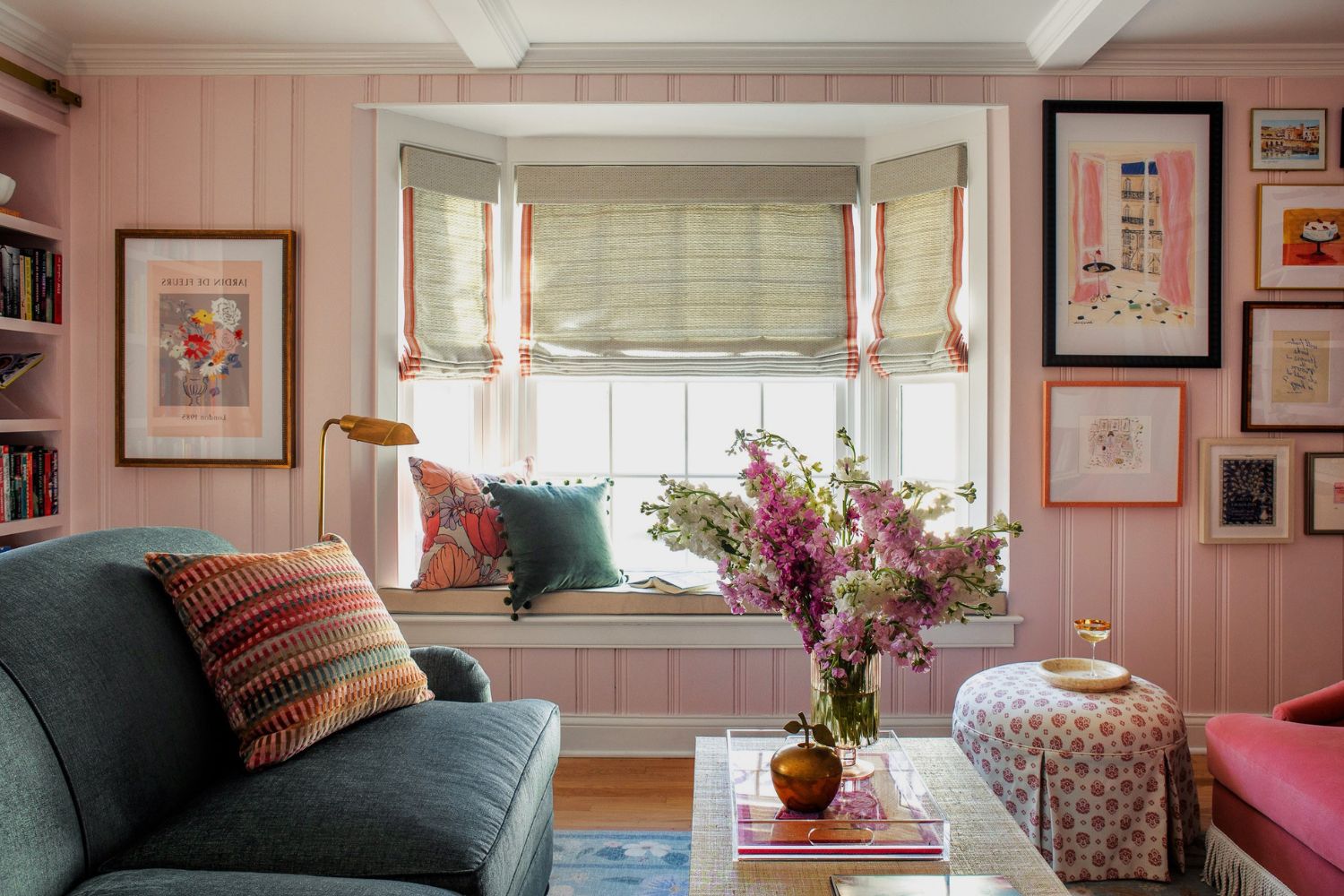
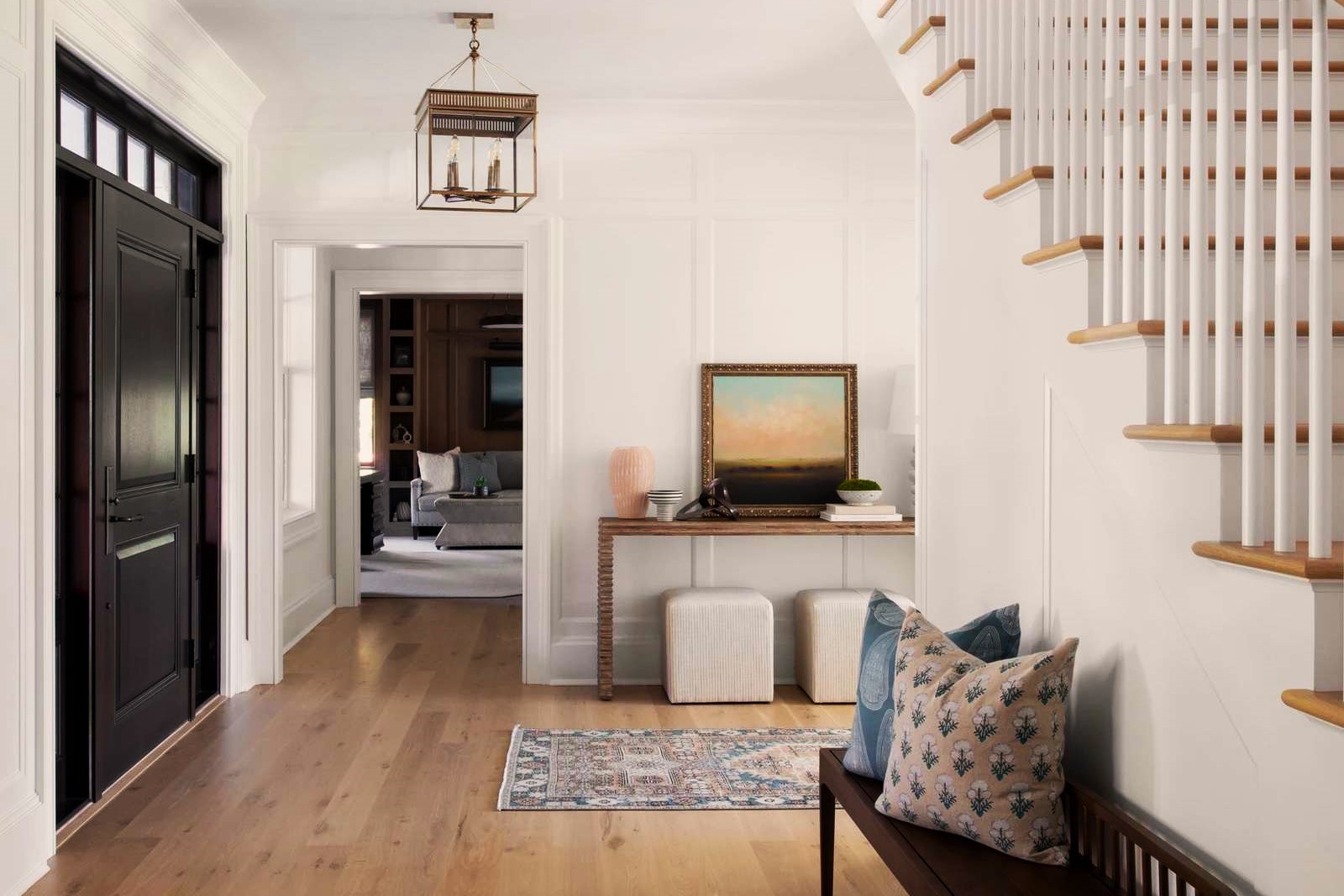
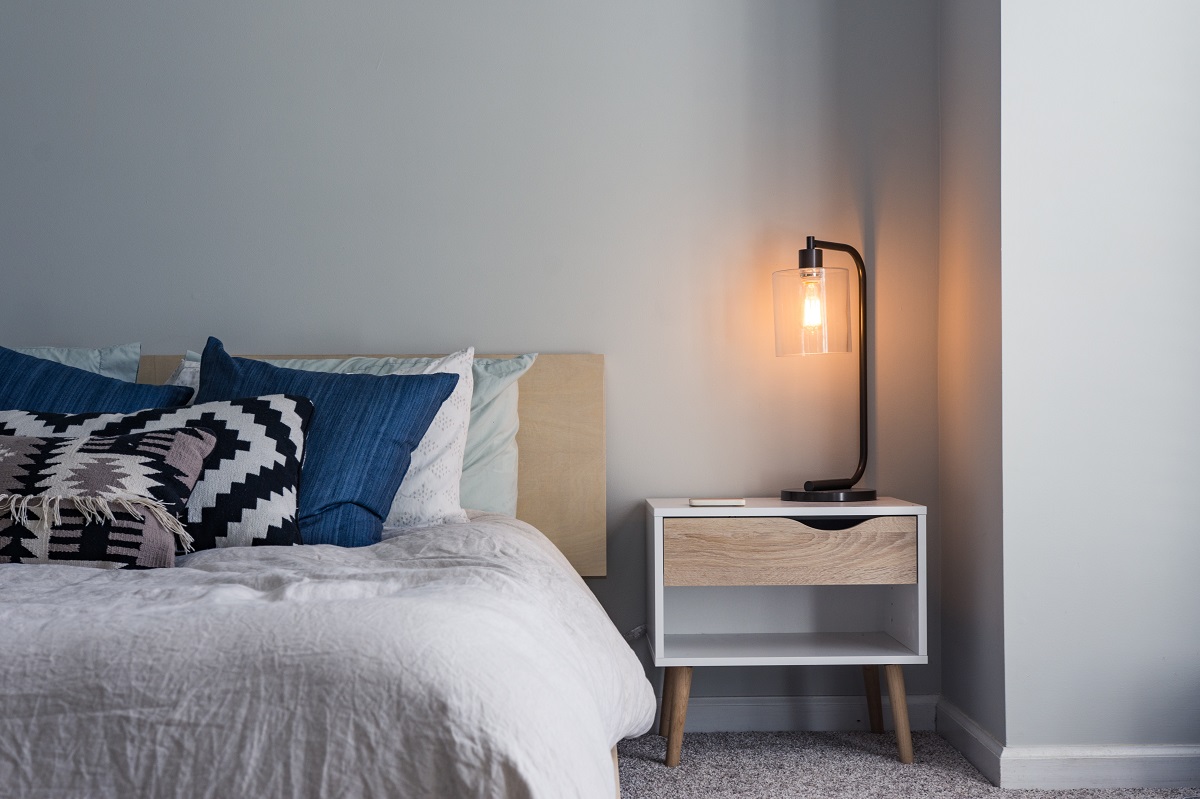
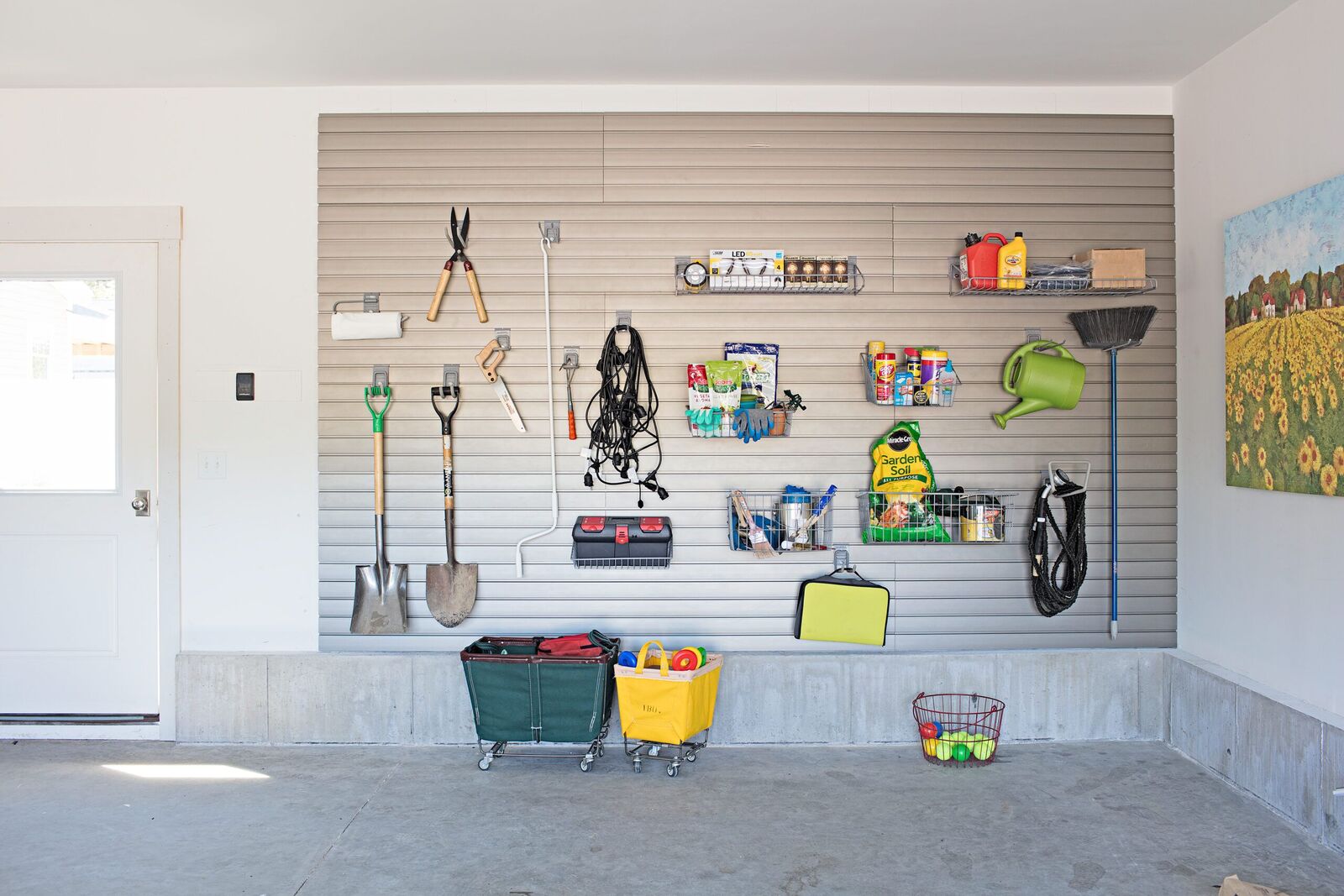
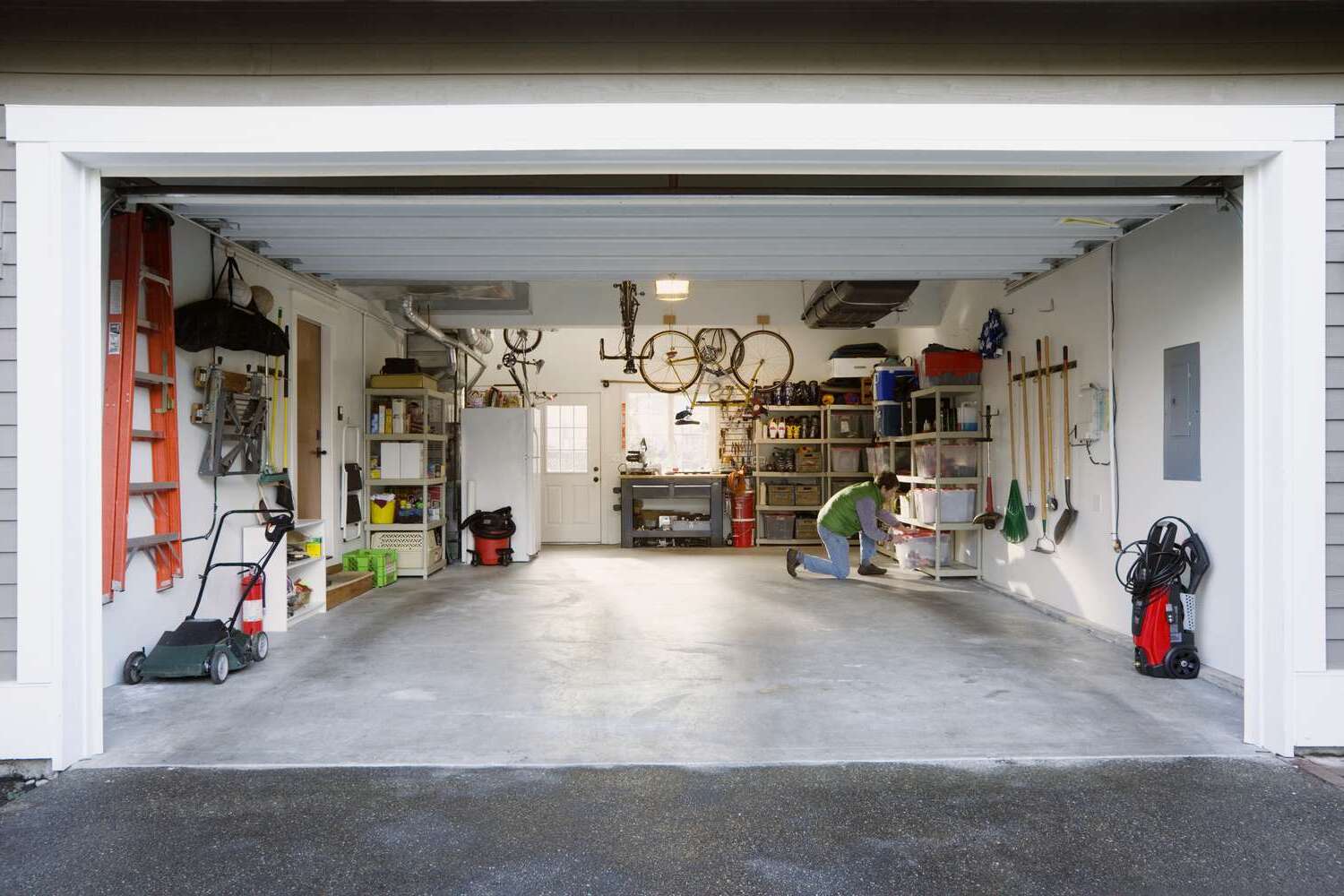

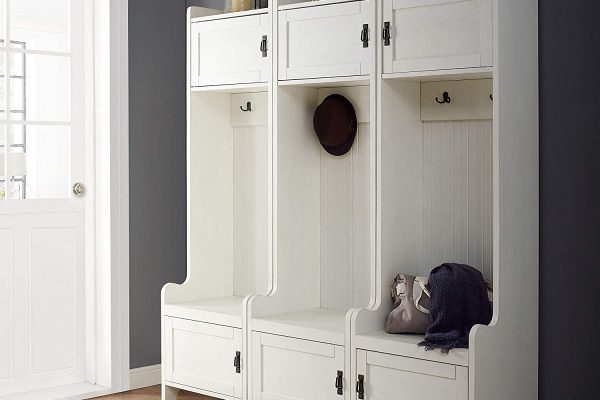
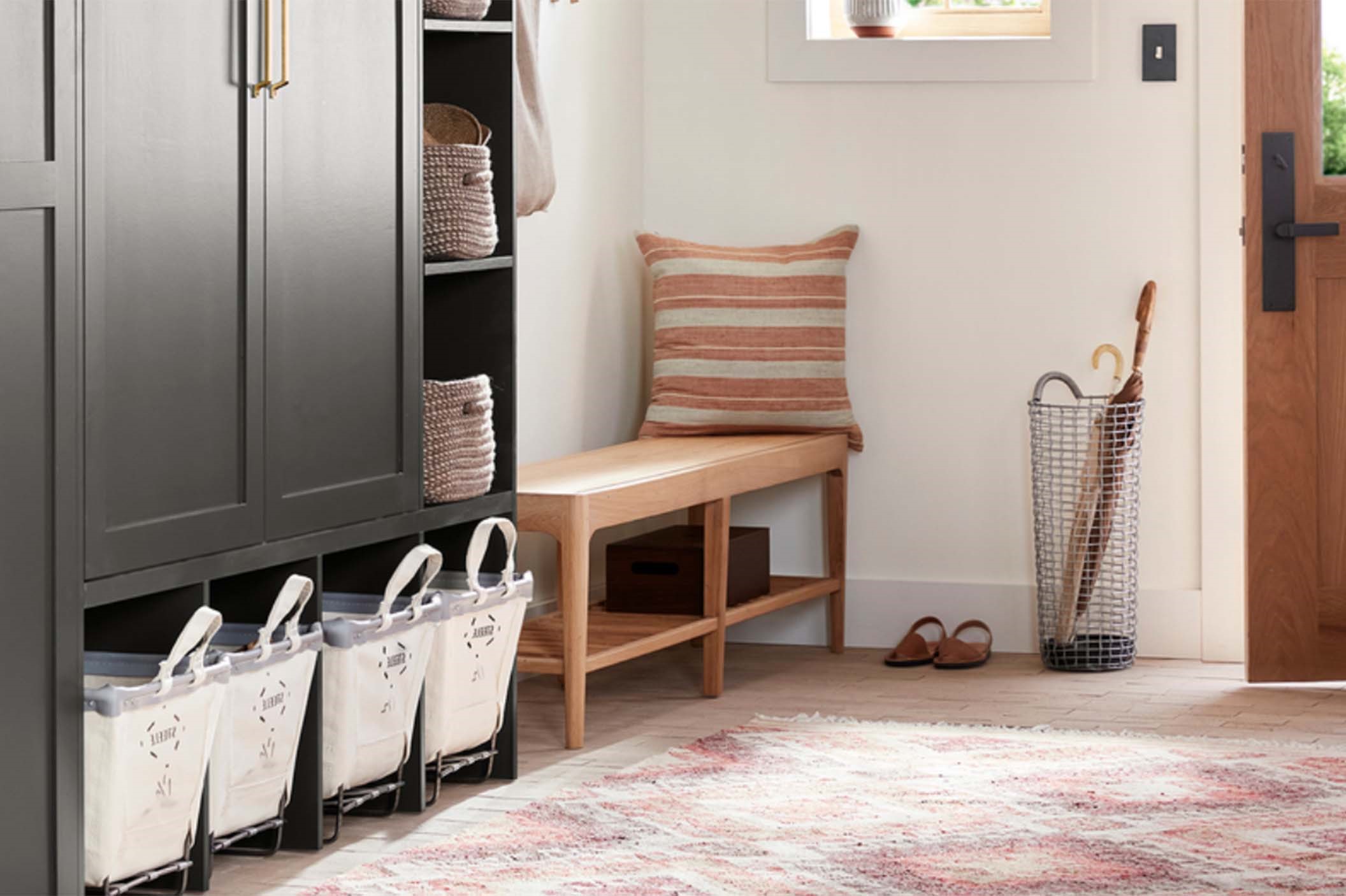
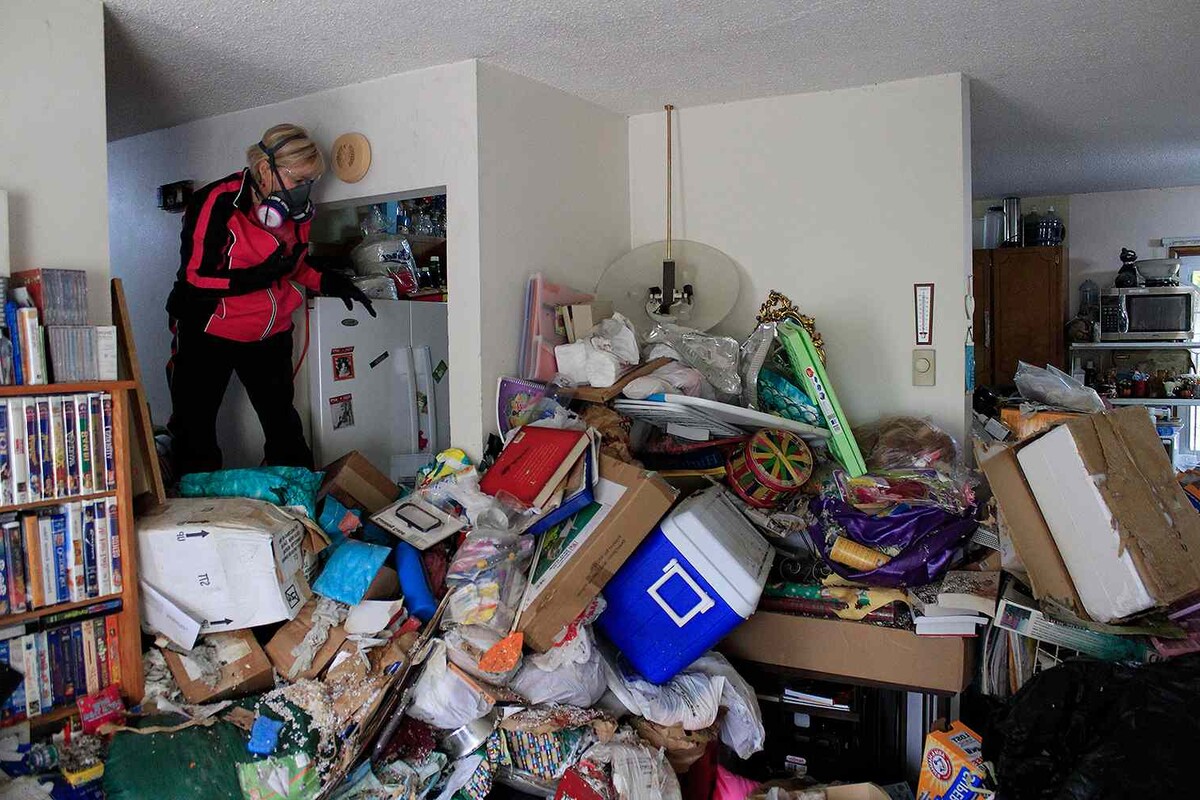
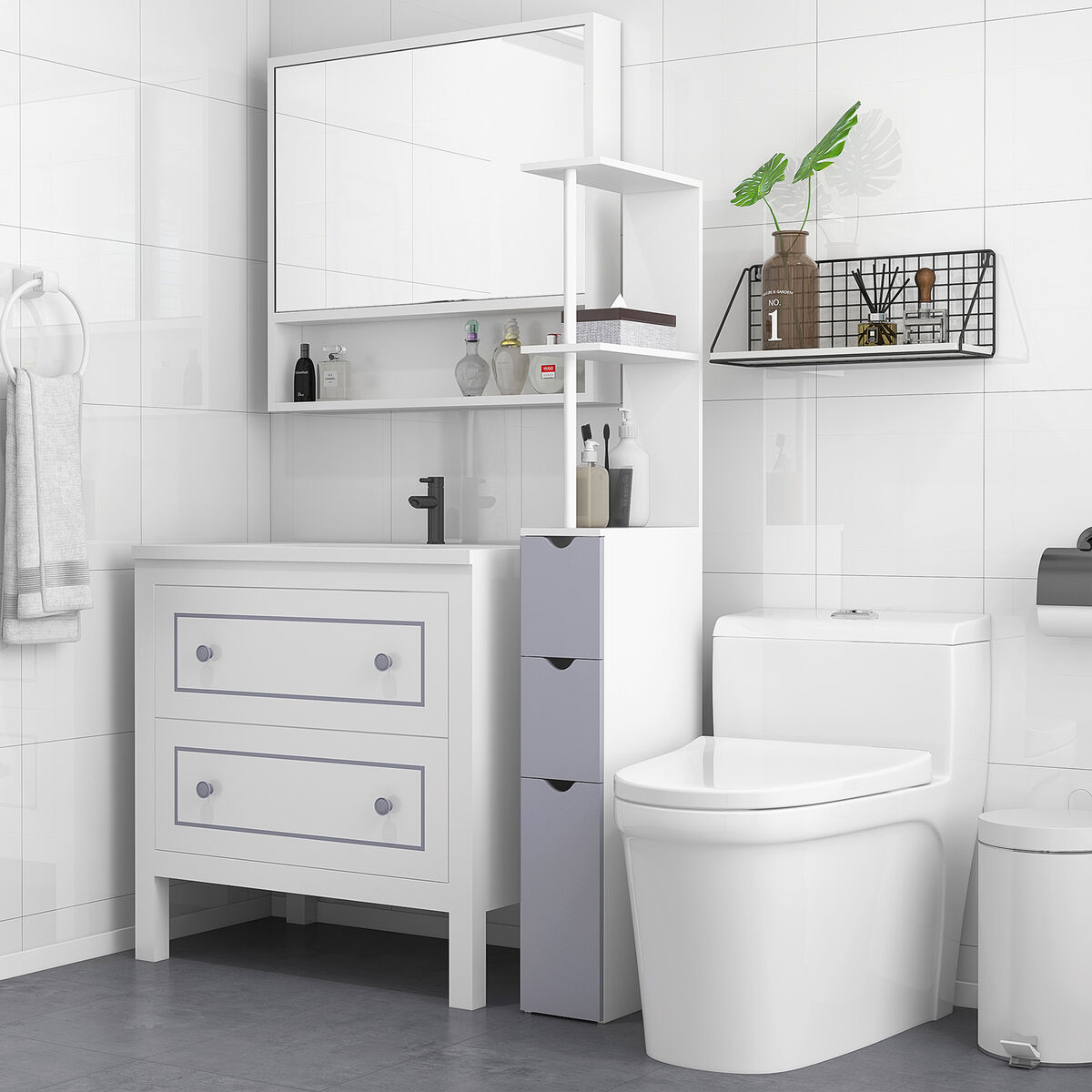
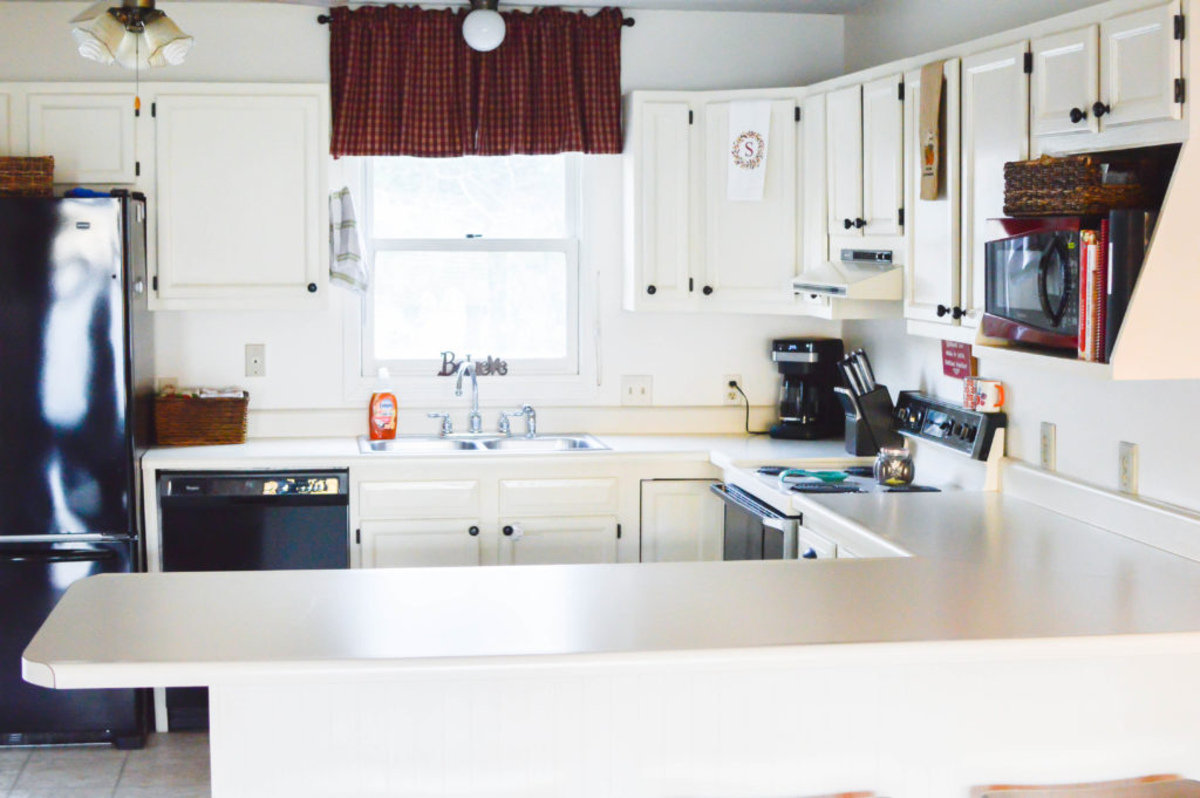
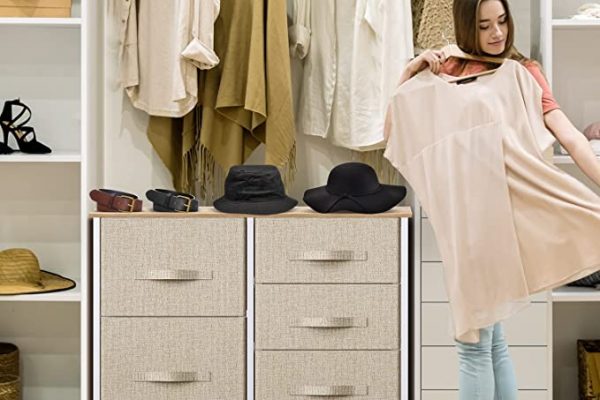

0 thoughts on “How To Organize A Cluttered House”